Where has all the fat gone?
I had a very interesting talk with a friend I was at school with, about trying to increase the amount of fat in food we are eating. We remember from our youth in Southern Africa that beef always used to have plenty of fat in it and was moist and tasty when cooked. Now, in the UK it's quite difficult to find meat with enough fat in it, if you are on a low carb or keto diet.
Not only do we want the fat for fuel, but we like the taste and the texture that fat in meat gives us. The blame for this lies firmly with the dietary guidelines that came out in the 1970s and 80s that told us to eat lean meat, seed oils and lots of carbohydrates. This fundementally changed the way we ate, and some 40+ years on our generation is reaping the whirlwind, with unprecedented levels of high blood pressure, reflux, Type 2 diabetes (T2D), non-alcoholic fatty liver disease (NAFLD), chronic infammatory conditions and, ironically, raised cholesterol.
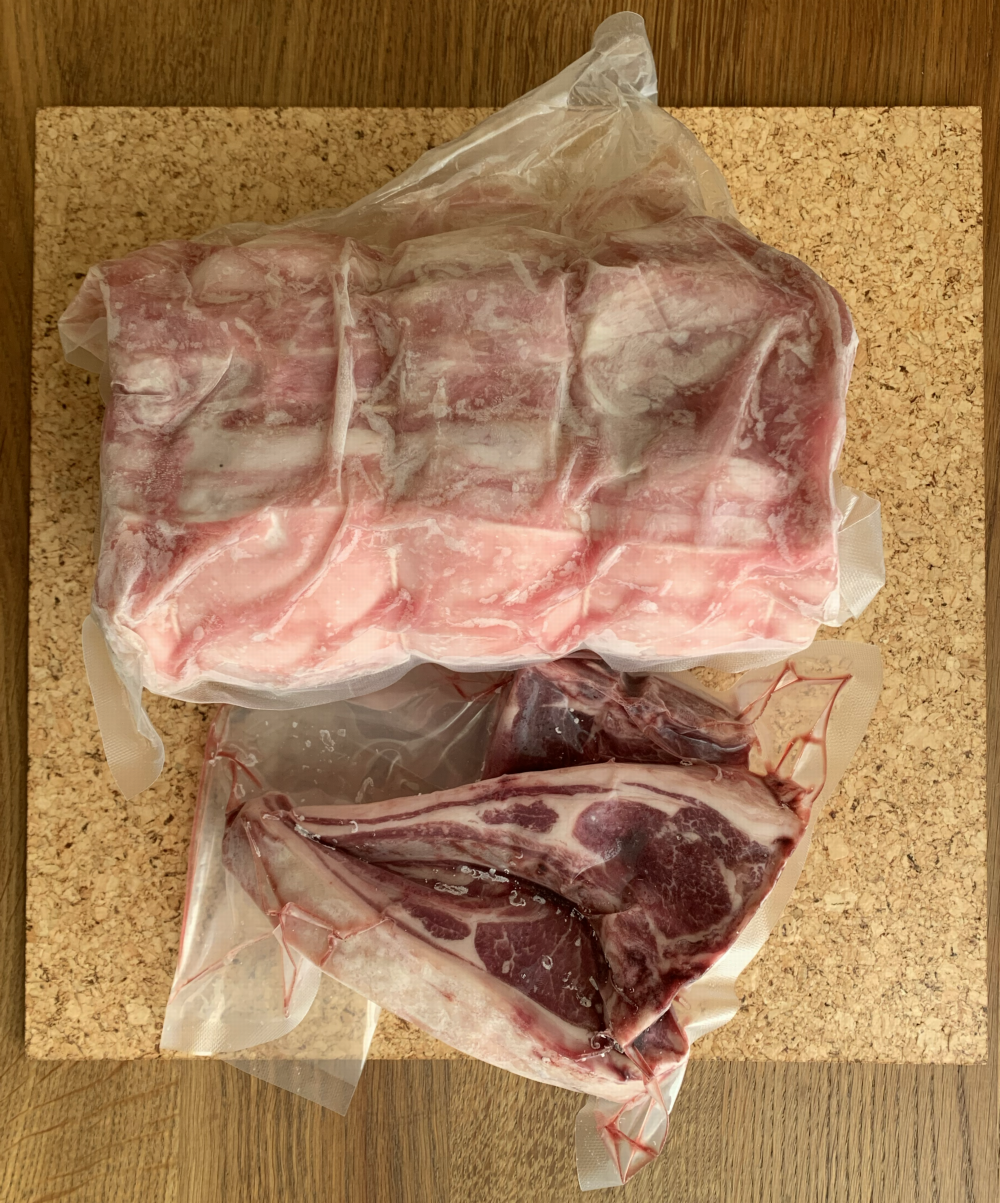 We have converged on the solution to reversing these effects with a ketogenic diet with lots of healthy animal fat and low carb vegetables. But the problem is that so much of the meat in the UK is still sold lean, and even actively promoted as such. It is not only the butchering that removes most of the fat or excludes it from the mince, but also the breeds of cattle, sheep and pigs that are being used to provide the meat. Particulary the more intensive production systems, tend to use large, fast-growing breeds that maximise muscle and minimise fat.
We have converged on the solution to reversing these effects with a ketogenic diet with lots of healthy animal fat and low carb vegetables. But the problem is that so much of the meat in the UK is still sold lean, and even actively promoted as such. It is not only the butchering that removes most of the fat or excludes it from the mince, but also the breeds of cattle, sheep and pigs that are being used to provide the meat. Particulary the more intensive production systems, tend to use large, fast-growing breeds that maximise muscle and minimise fat.
This leads to a number of issues that concern us as keto eaters. These animals are generally large and rapid-growing and farmed intensively with larger numbers per acre, so they need commercial supplementary feed on top of grass in the summer months, and have to be housed indoors and fed over winter. The commercial concentrate feeds mostly consist of grains, and often contain soya beans, seed oils, molasses and other high calorie ingredients. There is often further supplementation with potatoes and in the case of sheep, turnips and other root crops. This puts the animals in the position we are trying to avoid, eating high carbohydrate foods and seed oils. Experiments with rats have shown that the constituent fatty acids of seed oils can be detected in the rat's cell walls within 6 hours of being eaten. Humans are not likely to be any different in this regard.
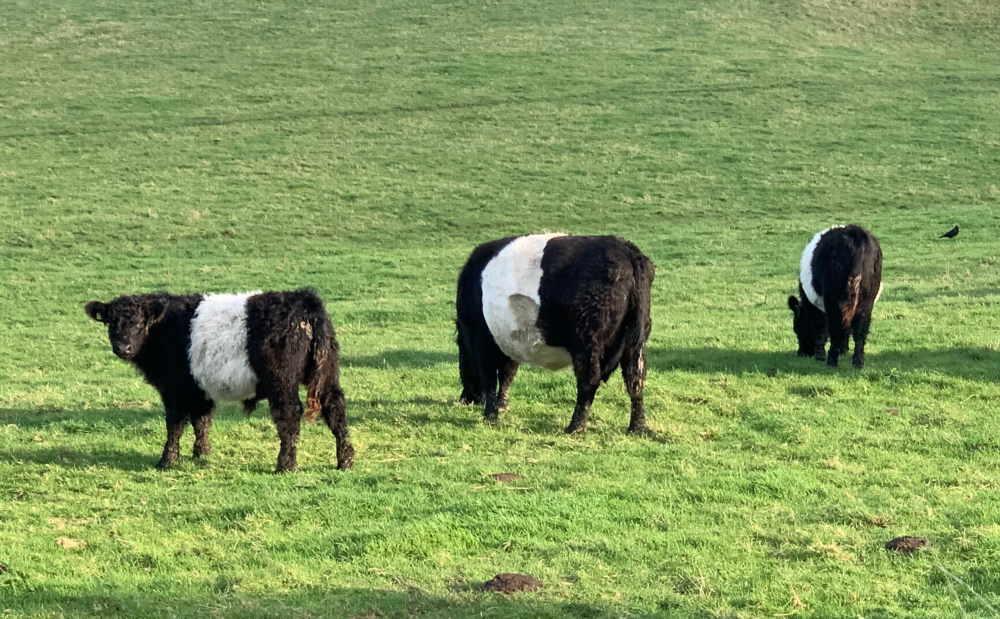 I have long been an advocate of pasture-fed cattle and sheep systems, and try as much as I can to source my meat from farms that only use haylage for any supplementary feed they need. Most of these systems use native breeds of cattle, sheep and pigs that hve been bred to thrive in local conditions and winter out without requiring supplementary feeding. The native breeds of cattle are generally smaller and have less adverse impact on the soil when grazing and are increasingly being used for regenrative agriculture. By using native breeds and regenerating pastures so they contain a wide diversity of species including herbs and other plants the animals naturally use to keep themselves healthy, these farms can reduce their inputs. This means in most years they get by without needing supplementary feeding, and don't need routine deworming or other pharmaceutical interventions.
I have long been an advocate of pasture-fed cattle and sheep systems, and try as much as I can to source my meat from farms that only use haylage for any supplementary feed they need. Most of these systems use native breeds of cattle, sheep and pigs that hve been bred to thrive in local conditions and winter out without requiring supplementary feeding. The native breeds of cattle are generally smaller and have less adverse impact on the soil when grazing and are increasingly being used for regenrative agriculture. By using native breeds and regenerating pastures so they contain a wide diversity of species including herbs and other plants the animals naturally use to keep themselves healthy, these farms can reduce their inputs. This means in most years they get by without needing supplementary feeding, and don't need routine deworming or other pharmaceutical interventions.
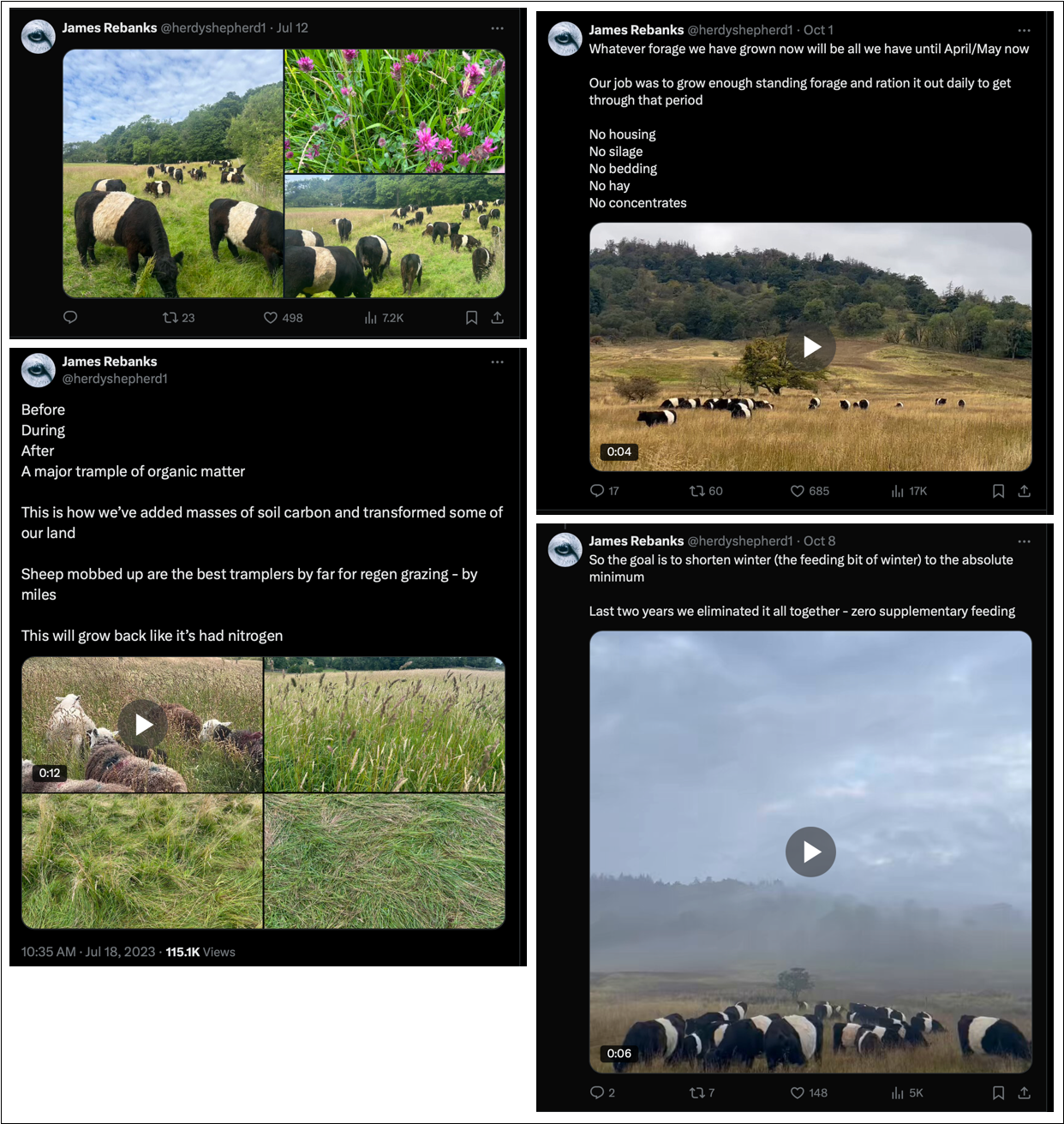
Native breeds of pig are usually slow growing, and have more fat, although this also depends on what they are fed. A number of native breeds are quite rare and through the efforts of UK farmers, they are being kept extant. I try and get pork from rare breed farmers to help support them, and prefer it when they are fed soy free feed. This means they generally provide much tastier, fatter and healthier meat.
 To look for local suppliers of pasture fed meat, a good place to start is local butchers or farers markets. There is also the website of Pasture for Life, an organisation that promotes and certifies pasture fed systems and has it has a “Where to Buy” page where you can find local suppliers.
To look for local suppliers of pasture fed meat, a good place to start is local butchers or farers markets. There is also the website of Pasture for Life, an organisation that promotes and certifies pasture fed systems and has it has a “Where to Buy” page where you can find local suppliers.
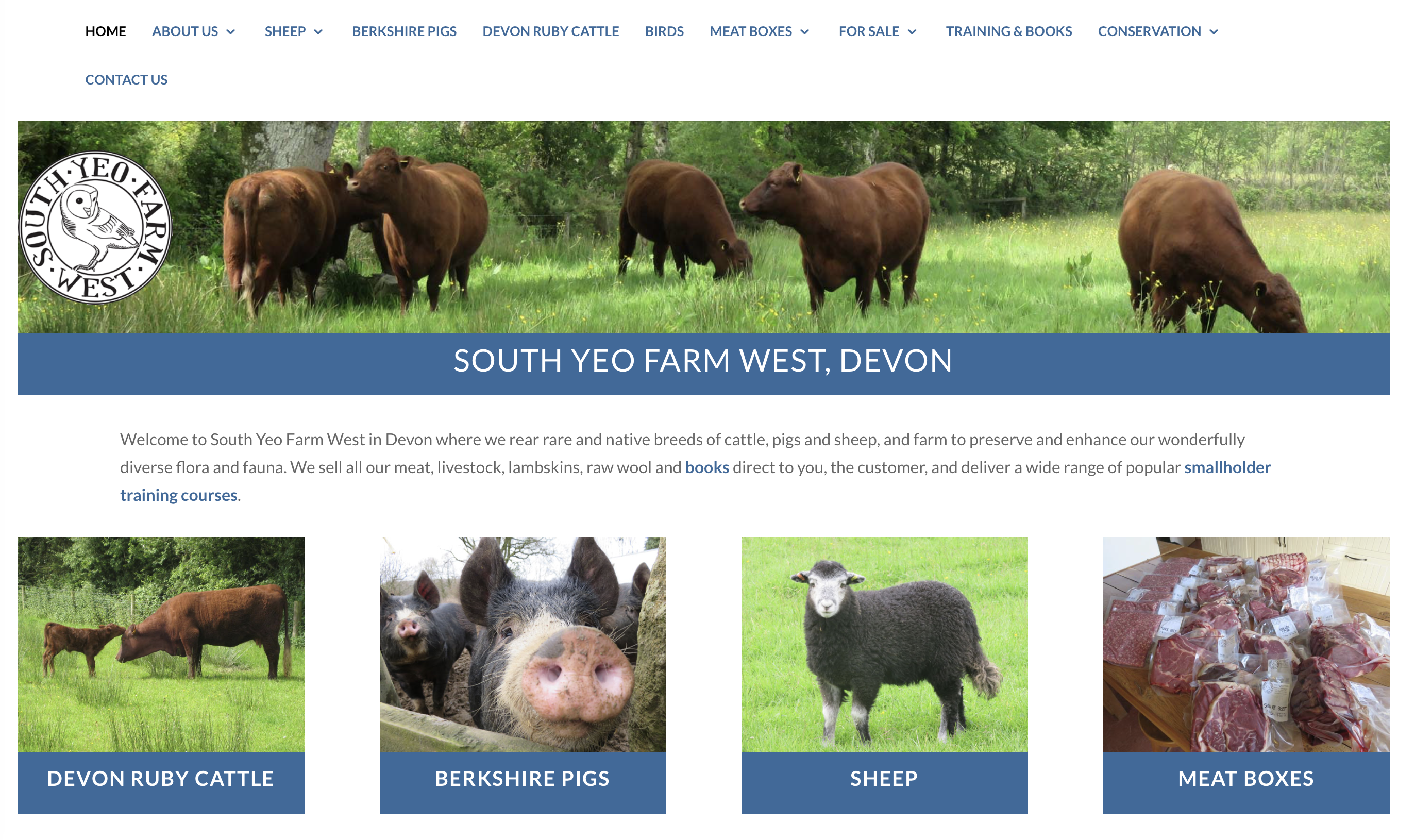 Debbie Kingsley at South Yeo Farm West.
Debbie Kingsley at South Yeo Farm West.
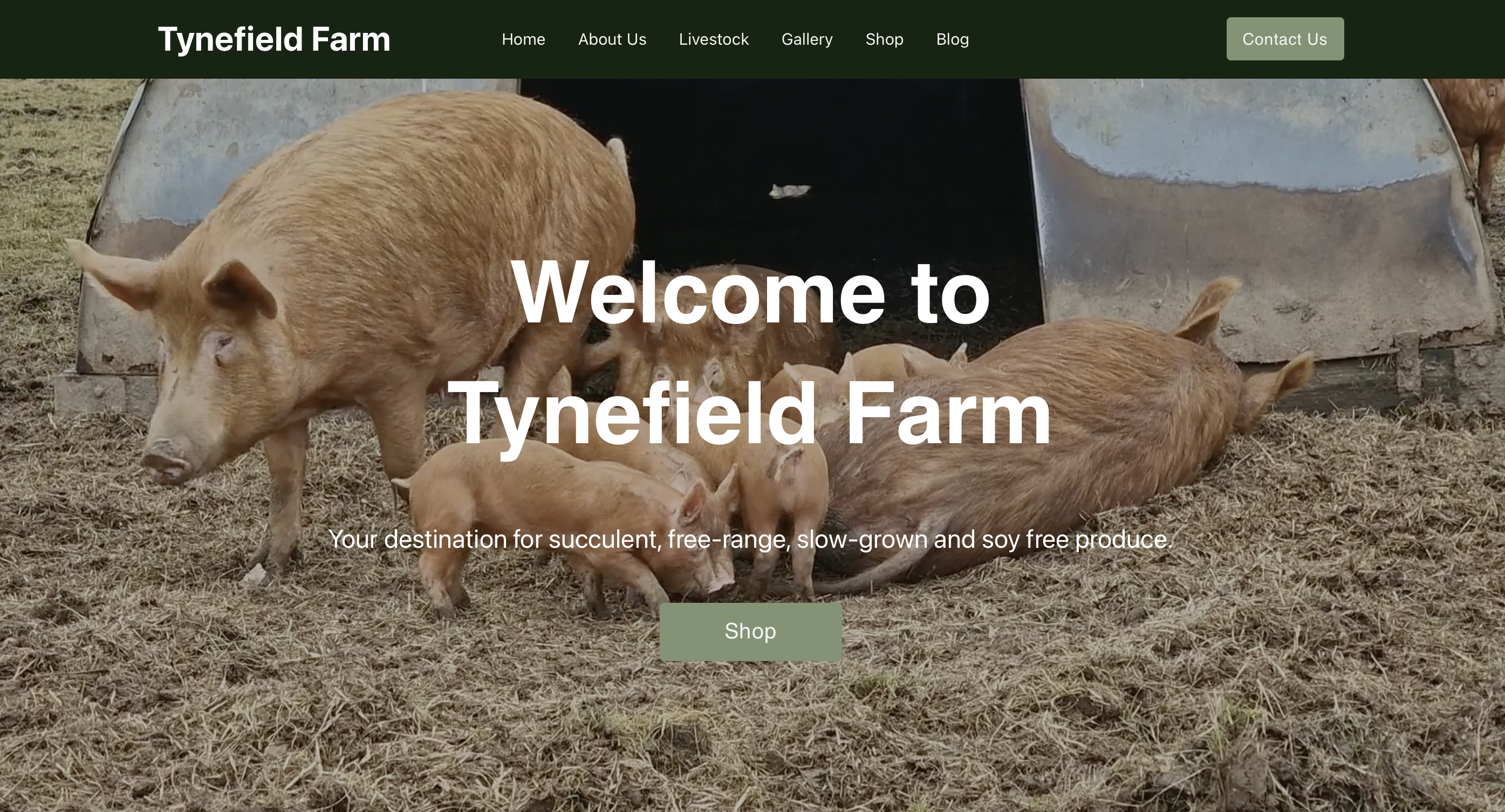 Flavian Obero @kenyanpigfarmer at Tynefield Farm.
Flavian Obero @kenyanpigfarmer at Tynefield Farm.
Contact me

 What is a Low Carb Diet
What is a Low Carb Diet